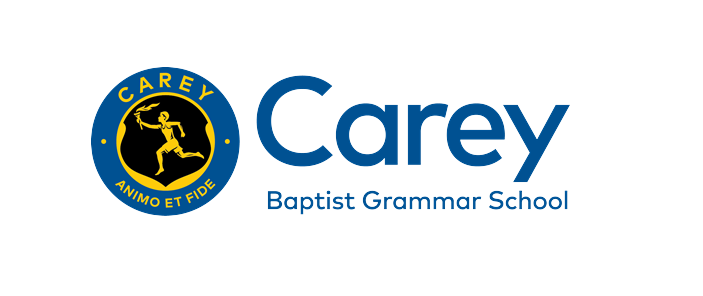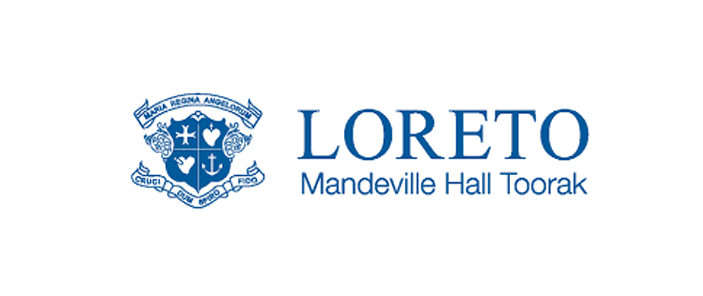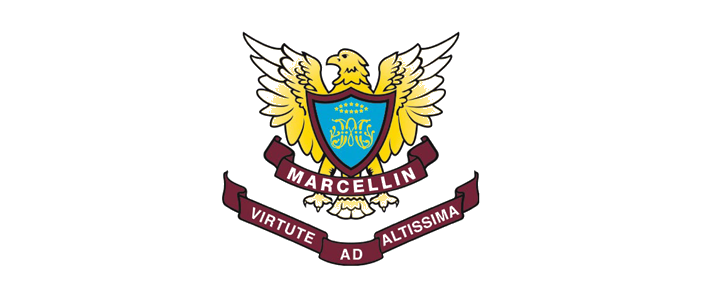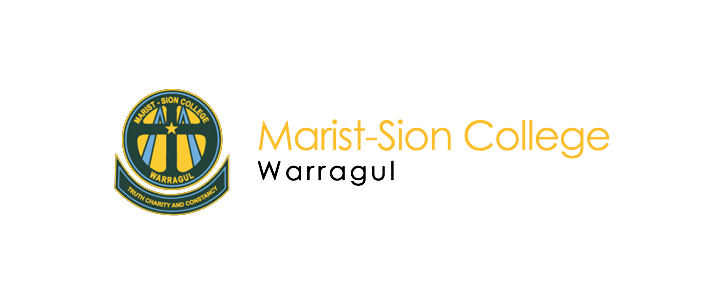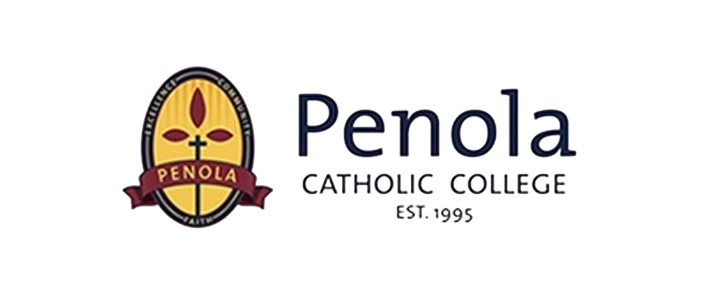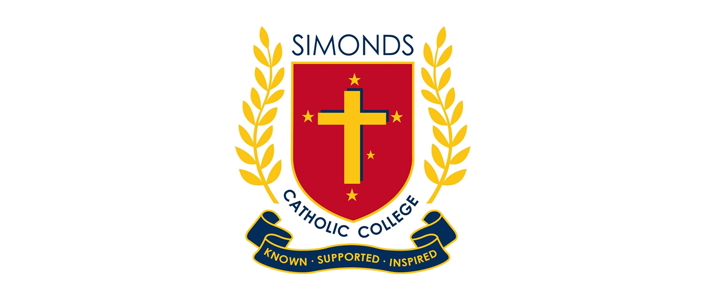
schools program
The STUDENT FEEDBACK program
Systematically collecting and using student feedback is a powerful but safe way to encourage the shift from a teaching mindset to a learning mindset and a pathway to developing a consistently high student experience across the school.
Strong, mutual relationships between educators and students are critical for twenty-first-century learning, and demonstrates how schools can foster them using a readily-available tool: student feedback.
Systematically collecting and using student feedback is a powerful, yet safe, way to:
improve and develop educator practice
demonstrate to students that the school values student voice
develop consistently high student experience across the school
improve staff wellbeing
engender a shift from a teaching relationship to a learning relationship.
To find out more about the Student Feedback program, call 0418 432 316
John is founder and a principal of Group 8 Education. Passionate about improving education, John has extensive experience developed out of a background in strategy consulting, corporate and business unit planning, and change management.
John specialises in the transformational change of organisations, predominantly those where relationships are an important source of the value that the organisation creates.
schools who have used our Student Feedback programs include
Student feedback program
The VALUE of focusing on the STUDENT.
The shift from a teaching relationship to a learning relationship is fundamental in preparing young people to thrive in the twenty-first century. This change involves moving from summative assessment – this is where you are now - to formative assessment that helps to answer the question: if this is where I am now, where do I go next?
Unlike summative assessment, formative assessment must, eventually, stop being only one-way such that both the educator and the student learn in parallel, and sometimes together.
Collecting and using student feedback in a systematic way is a powerful catalyst and container in which new behaviours can be adopted and consolidated into day-to-day practice. Focusing on students and their needs stimulates educators to reflect on their professional practice in the light of student feedback and, with the right processes in place, make incremental changes to improve student experience.
The collection of feedback increases students’ confidence that educators care about their needs and aspirations and, when they see changes occur as a result, their confidence grows – again increasing the chance that they will have the self-assurance to offer feedback face-to-face (where, in the past, such presumption may well have received a humiliating or embarrassing response).
Student feedback program
Overview of John's approach.
John has extensive experience in all aspects of collecting student feedback from the design of question sets, the logistics and methods for collecting feedback, crunching large amounts of data into understandable information and combining that into knowledge and insight.
Using student feedback effectively at the individual level means having self-reflection and goal/action setting practices and individual or small group practices for follow up, review and further action. John has wide experience in these areas as well as how to use aggregated feedback at the school or key learning area level to inform professional development and other initiatives.
This expertise can be provided as guidance and advice or via concrete programs to put new processes in place or to integrate new practices into existing programs.
Student feedback program
The VALUE of collecting and using FEEDBACK.
The systematic collection of student feedback for classroom teachers, followed by its use at the individual teacher level and at the whole school level, is a gentle but sustained way to allow new behaviours and beliefs – behaviours and beliefs underpinning the transformation of our education systems – to be gradually adopted and become the norm that defines a culture: “the way we do things around here”.
Supporting students to develop autonomous (or self) motivation occurs within an environment of mutual unconditional respect between teacher and student, where formative assessment is provided in both directions. In short, teachers begin to model twenty-first-century skills to their students.
The strategy of collecting student feedback can be implemented immediately to start the process of changing the core relationship; it only needs an executive decision to start it and a champion to implement it.
Student feedback program
People come on board over time and have RICHER CONVERSATIONS.
Many educators are apprehensive about the idea of collecting student feedback. The idea that “teacher knows best” and the associated behaviours that discourage student feedback are deep-seated.
It is important to introduce the idea and practice of collecting and using student feedback with care and sensitivity; to start slowly, with collected feedback being owned by individual teachers, for example, and to gradually evolve the way data is used as comfort levels increase.
Nevertheless, many schools that have adopted a program of systematic collection of student feedback have experienced widespread staff acceptance (despite initial apprehension), and have seen richer and more extensive conversations taking place about the core work of learning.
Student feedback program
The BENEFITS of using an EXTERNAL PROVIDER.
An external provider can ensure the confidentiality of feedback that is collected assuring staff that they alone in the school have access to their feedback, unless they choose to share it.
Setting up a school-wide student feedback collection system is not rocket science it can be done more easily and quickly with someone who has done this many times before.
On a very practical level collecting feedback across a school is a data intensive process and processing and reporting on tight turnaround time can be difficult to do in a busy school environment.






